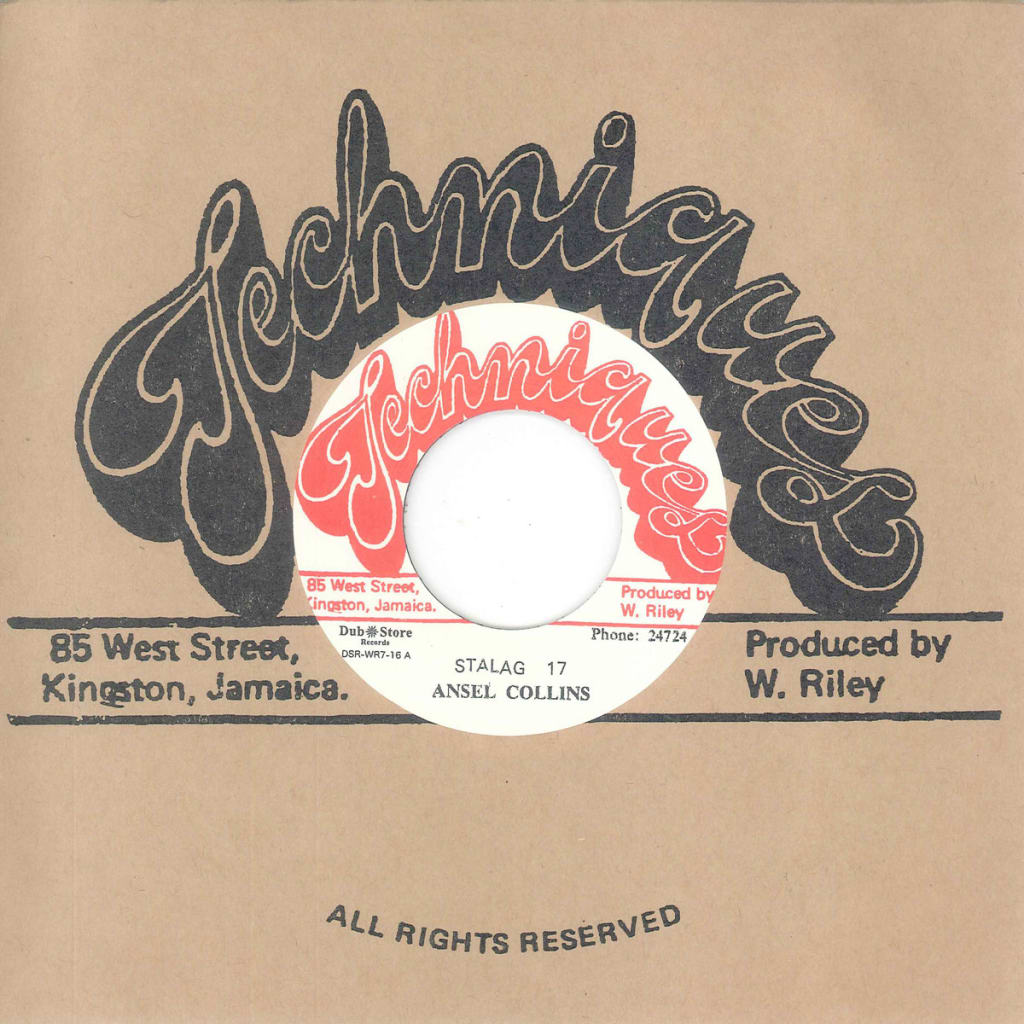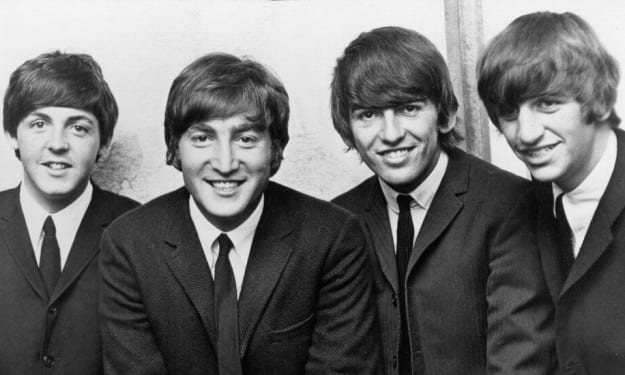'Stalag 17' – How This Record Has Traveled Through Time
From Early 70s Jamaica, Around the World, and Back Again

1973 – Kingston, Jamaica. While the world was watching Big George Foreman knocking the hell out of Smokin Joe Frazier, just a few miles away, Stalag 17, one of the most legendary records in history, was put together. (Alright, I don't know if it was actually the same exact time, but it was the same year and the same city — you get the picture.)
Now, before I really kick off this story, you might want to listen to the tune. But the funny thing is, considering how big of a deal the song is, it's pretty hard to find out much about it, not to mention finding a good version on YouTube. The following is the closest to the original version I've come across. You could also try to look it up on your favorite music streaming platform. The interpreter actually is Ansel Collins (although it does not say so on the cover), but probably just as crucial in the making of this piece was the producer Winston Riley.
If you have any interest in Reggae, Hip Hop, Dancehall, or other contemporary music genres, this melody will probably sound awfully familiar to you — even though you might not have ever heard that record itself. That is because something about this tune is so special that it made dozens of great artists sample it and thereby let it travel around the world and through time. It appears on records by Jay-Z, Damian "Jr. Gong" Marley, Main Source, Lauryn Hill, Too Short, Shabba Ranks, Pete Rock, and many more legendary artists.
So how did that come about? In the years after the release of the record, a whole bunch of other Reggae and Dancehall artists liked that melody and replayed it for their own songs (which is not unusual in Reggae culture, I should say). But the first and arguably the most important milestone in the history of the Stalag 17 was in 1982: Winston Riley, the producer, samples it on Sister Nancy's song "Bam Bam." By adding these iconic vocals to the tune, it seems to have become much more interesting. This version has been sampled even more often than the original and is the centerpiece of many great songs. And although it is a separate, self-contained song, it is still indivisibly connected to the original. Most recently, "Bam Bam" was sampled on Kanye West's "Famous," or on Jay-Z's and Damian Marley's collaboration on Jigga's new Album 4:44 (the track is titled "Bam," as an homage to Sister Nancy's classic).
The story of the infamous Stalag 17 continues: In the following years, it gains popularity in the Reggae community and many artists incorporate it into their own records. They do that by replaying parts of it, like the melody or the baseline, or just the whole thing. It grows to be one the most used "riddims" (Reggae word for "beat," basically) of all time.
Wayne Smith's "Come Along", from his 1985 album Stalag 17 (homage-alert), is one the best examples.
Almost two decades after Stalag 17 was first released, the 90s come around and sampling culture in the Hip Hop world becomes more vibrant than ever before. More and more rappers, beat-makers and DJs come across this incredibly dynamic and powerful piece of sound and start to use it in their own work. This way the record gets to see a whole new part of the world: in rugged and raw 90s New York City, the Hip Hop Crew Main Source incorporates it into their track "Just Hanging Out." A year later Pete Rock and CL Smooth use the sample on "The Basement." In '94, the legendary duo Gang Starr sampled it on "Mostly Tha Voice."
Even though it's kind of taboo for producers to pick a sample that has been used by another producer before, this record seems to be so classic and fresh at the same time, that it gets digged over and over again.
Even the west coast got infected with the Stalag-virus. In '93 the California rapper Too $hort used the riddim on his song "Blowjob Betty."
And while the Stalag Riddim is gaining popularity in the United States, it stays an inherent part of Jamaican Reggae and Dancehall culture. Up to this day, dozens of individual songs contain substantial parts of the Riddim. The song "Roots and Culture" by Shabba Ranks beautifully shows how the Stalag Riddim was still used for new things in the Reggae scene in the 90s.
Looking at the incredible history of the Stalag 17, it is nice to think that this journey is long not completed. And the big number of new songs still inspired by this legendary beat indicates that this actually is the case.
P.S.: I put together a little AppleMusic playlist with my favorite Stalag-inspired tracks.
About the Creator
Philip Jancsy
Tryna make a dollar outta 47 cents
Enjoyed the story? Support the Creator.
Subscribe for free to receive all their stories in your feed. You could also pledge your support or give them a one-off tip, letting them know you appreciate their work.






Comments
There are no comments for this story
Be the first to respond and start the conversation.